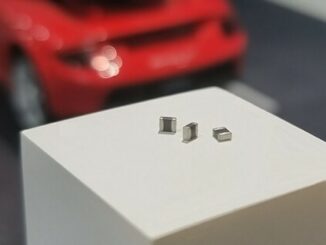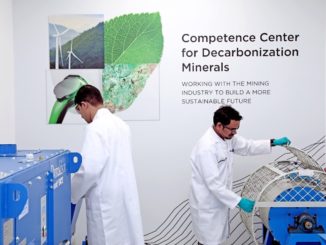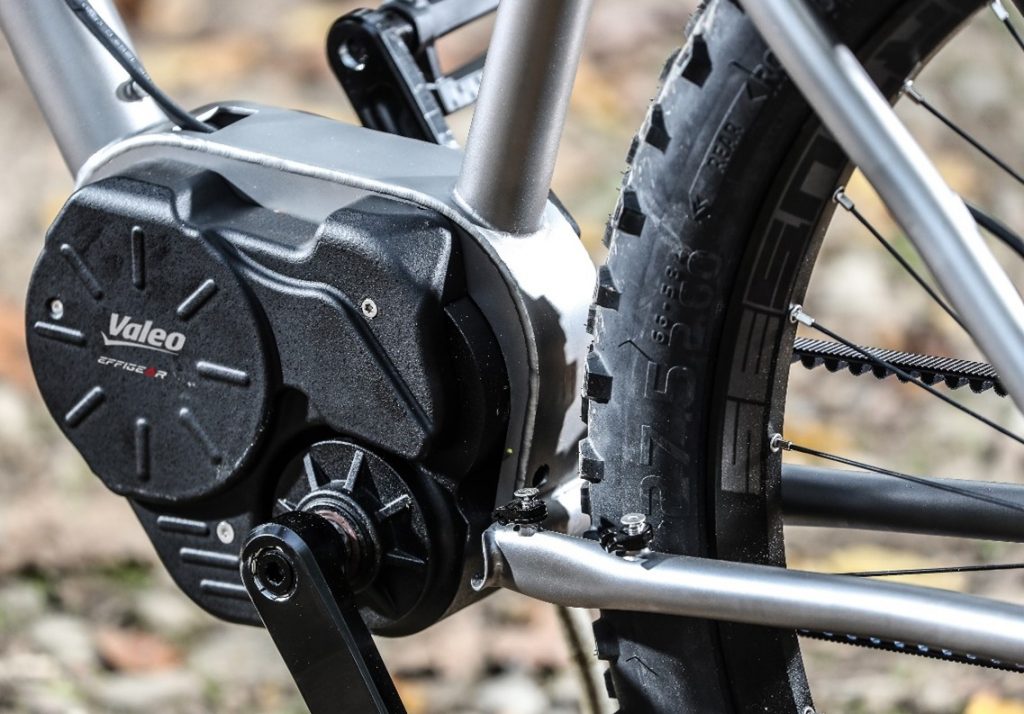
Already producing 30 million electric machines a year, automotive supplier Valeo plans to boost that output significantly by upgrading the booming e-bicycle market to the company’s more powerful 48-volt motor and drive technology. The company has adapted its 48V motors to bikes, resulting in the most high-performance electric assistance system for bikes to date in a major market step-out for the French company.
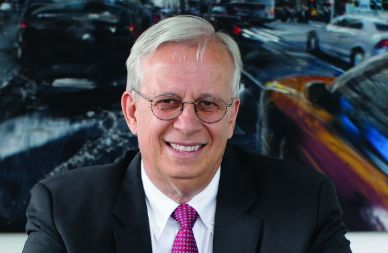
“One of Valeo’s key strategic focuses is accelerating its expansion in the emerging markets for new “zero-emissions” mobility, including electric small city vehicles, electric motorcycles and scooters, last-mile autonomous delivery droids and electric bikes,” announced Jacques Aschenbroich, chairman and CEO. “To do this, we are leveraging and adapting the technological platforms that we developed for the automotive industry, both those dedicated to ADAS (advanced driver assistance systems) and to low-voltage electrification (48V).”
The Valeo Smart e-Bike System is the first solution in the world to integrate both an electric motor and an adaptive automatic transmission in the pedal assembly. With this new electric assistance system, the bike adapts to the cyclist, and not the other way around. The gears change automatically and the system’s algorithms instantly adapt to the amount of electric assistance the cyclist needs right from the first pedal stroke.
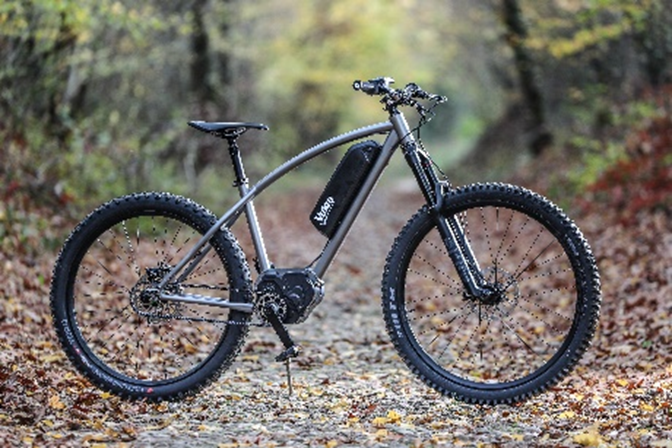
First came the hybrid for all, rechargeable hybrids and all-electric cars, followed by e-trucks, autonomous shuttles, electric three-wheelers and delivery droids. Now Valeo has developed yet another use for its 48V systems – for electric bikes.
Previously unavailable on the market, the Valeo technology developed in partnership with Effigear comprises a 48V electric motor and a seven-speed automatic, adaptive gearbox in a single unit located in the pedal assembly, providing the best electric assistance for bikes to date.
Given the permanent magnet motor’s torque of 130 Newton meters, it can multiply the cyclist’s effort by eight, while other systems on the market offer up to a fivefold boost. Used on a cargo bike, Valeo’s electric assistance allows a cyclist carrying a 150kg load to climb a 14% gradient, the equivalent of a parking lot ramp, without breaking a sweat, whether moving forward or reversing. Valeo’s motor is also more efficient than the 24V or 36V motors installed on the vast majority of e-bikes available today, it says.
While historically bikes have systematically evolved through the addition of new components, Valeo started from scratch, developing a system that eliminates the need for many vulnerable bike parts. There is no longer any need for derailleurs, sprockets, handlebar shifters or the cables that go with them, or a traditional bike chain, which can now be replaced by a cleaner belt system.
As a result, says Valeo, electric bikes can say goodbye to around 50 parts that are often fragile and require constant maintenance. On average, a traditional model needs to be serviced at least once a month, even if just to tighten the chain, lubricate the chain or derailleurs, or put the chain back in place. With its technology, Valeo boasts that it has therefore removed the weakest link in the electric bike –the chain.
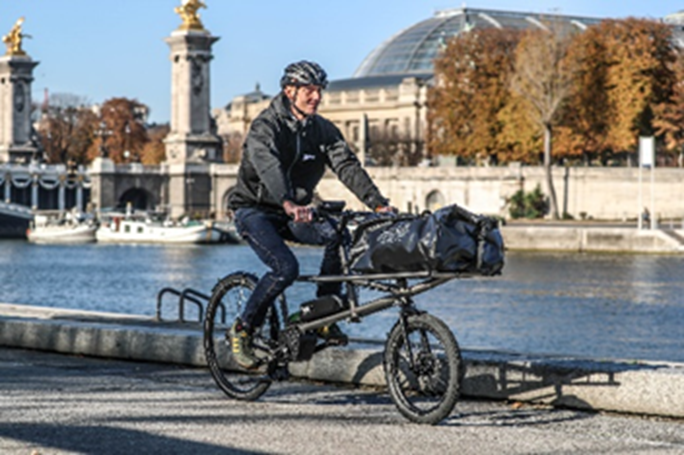
Rather than build bikes, Valeo aims solely to equip them with its electric powertrain. With this in mind, it has developed three prototypes to show how its system can be adapted to all types of models: a city bike, a mountain bike and a cargo bike for transporting loads which features unique reversing and braking energy recovery functions.
The electric bike market is booming. A 15-fold expansion is expected over the next ten years, bringing global sales to 270 million euros in 2030, according to the analysis of McKinsey/Center For Future Mobility -2020. The market for electric cargo bikes, designed especially for deliveries, is also set to grow substantially as regulations prohibiting access to city centers for polluting vehicles gradually come into force.

“Future mobility will be unrecognizable: closely matched to individual needs, precisely scaled to actual use, sometimes shared, and less carbon intensive,” asserts Guillaume Devauchelle, Valeo’s vice-president for innovation and scientific development.


